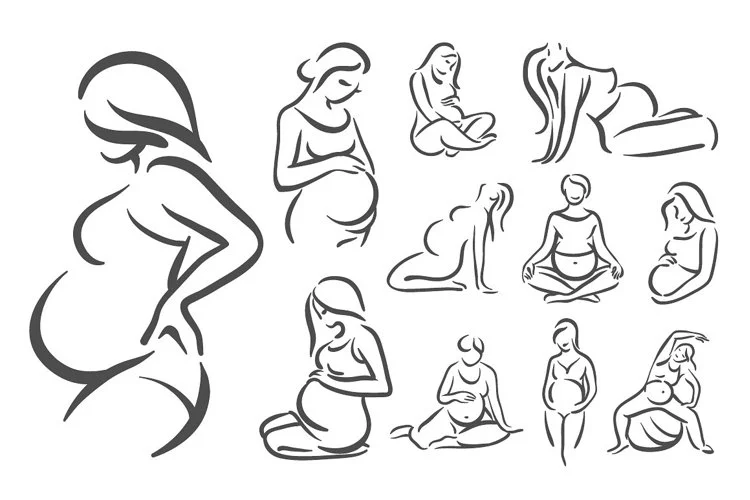When you come across this title, you might think, “Isn’t it about time we acknowledged this?” Yet, despite many of us being aware of it, victim blaming remains a prevalent issue in our society, both online and offline. Why do we often redirect blame onto those who have already suffered? Is it a misguided attempt to protect our sense of safety by convincing ourselves that the victim must have made some mistake?
Consider these scenarios: A woman experiences sexual assault and is criticized for her clothing choices, told that she should have acted differently. A child facing bullying is blamed for their choice of backpack. A same-sex couple is attacked for simply expressing their love in public. A teenage girl is assaulted after attending a party, and survivors of domestic abuse are questioned about why they didn’t leave their abuser sooner. A college student is assaulted after drinking, and we hear dismissive comments from public figures suggesting women can avoid harassment entirely.
This mindset is not only harmful; it is fundamentally flawed. Studies show that nearly half of all violent crimes go unreported because victims fear judgment or feel hopeless about the system. Blaming the victim allows the actual perpetrators to escape accountability, which is simply unacceptable.
Many good people exist in our communities, yet the loudest voices often belong to those who perpetuate this harmful narrative. It is crucial for the majority of compassionate individuals to speak out and reshape the conversation, focusing on the actions of the offenders rather than the victims.
A woman is assaulted because someone chose to harm her. A child is bullied due to the actions of a bully who hasn’t learned empathy. A gay couple is attacked not because of their love, but because of ignorance and fear. A teenage girl is victimized because of the choices made by her assailants, and domestic abuse survivors face violence because of the abusive individuals in their lives.
We must shift the focus onto the perpetrators, not the victims. By doing so, we may encourage more people to come forward, knowing they’ll be supported rather than blamed. Perhaps it will even deter potential offenders if they understand the serious consequences of their actions.
As a society, it’s our duty to foster a safer environment for future generations. So let’s raise our voices and advocate for change.
For those interested in resources related to pregnancy and home insemination, check out this excellent guide or explore this informative article about insemination techniques. If you’re looking for an authority on this topic, these kits can provide valuable information.
In summary, victim blaming is a pervasive issue that needs to be addressed. By changing the conversation to focus on perpetrators rather than victims, we can foster a supportive environment that encourages individuals to come forward and seek help without fear of judgment.
